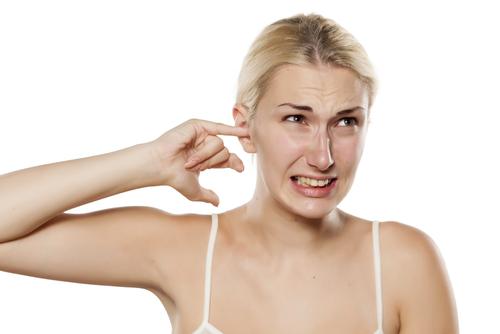Doctors have been saying it forever (almost): the only thing you should put in your ear is your elbow. No swabs, no pencils, no probes, no eyeglass stems should be used to remove earwax, also know as cerumen. In fact, you probably shouldn't be removing cerumen at all. It's produced in the ear canal, and is moved towards the outer opening of the ear by chewing and swallowing movements. As it moves, it carries dead cells and any dirt along. Like colon cleanses, earwax removal is unnecessary the majority of the time. And if it requires removal, someone with the appropriate tools and expertise (such as an otolarygolgist) should do it.
So this advice has been pretty widely ignored for years — according to one source in 2012 Medicare paid for over a million removals of earwax blockages — to the tune of $47 million. And many, if not most of these blockages may have been caused by the ear owner actually pushing the wax further into the ear canal in a futile attempt to remove it.
And of course, if there's a body part to be "cleansed," alternative medicine advocates have a way to do that too — ear candling. This procedure involves inserting the end of a rolled up piece of waxed cloth into the ear canal. The other end is lit, and supposedly the heat creates a negative pressure that draws the wax and any debris out of the ear.

However, research has not substantiated the claims made for ear candling (1) and has noted that any residues found in the cone are simply from the soot and burned particles of the cone itself. Further, the risk of burns is always present.
The American Academy of Otolaryngology has recently updated its clinical guidelines for practitioners, and among other advisories said:
- [C]linicians should treat, or refer to a clinician who can treat, cerumen impaction, defined as an accumulation of cerumen that is associated with symptoms, prevents needed assessment of the ear, or both
- Clinicians should not routinely treat cerumen in patients who are asymptomatic and whose ears can be adequately examined.
- Clinicians should recommend against ear candling for treating or preventing cerumen impaction.
So if your ears itch, don't insert the nearest object (even if it's padded with cotton) — get the situation checked out and get proper treatment — if needed.
1. "Ear candles: a triumph of ignorance over science". The Journal of Laryngology & Otology. 118 (01): 1–2. doi:10.1258/002221504322731529




